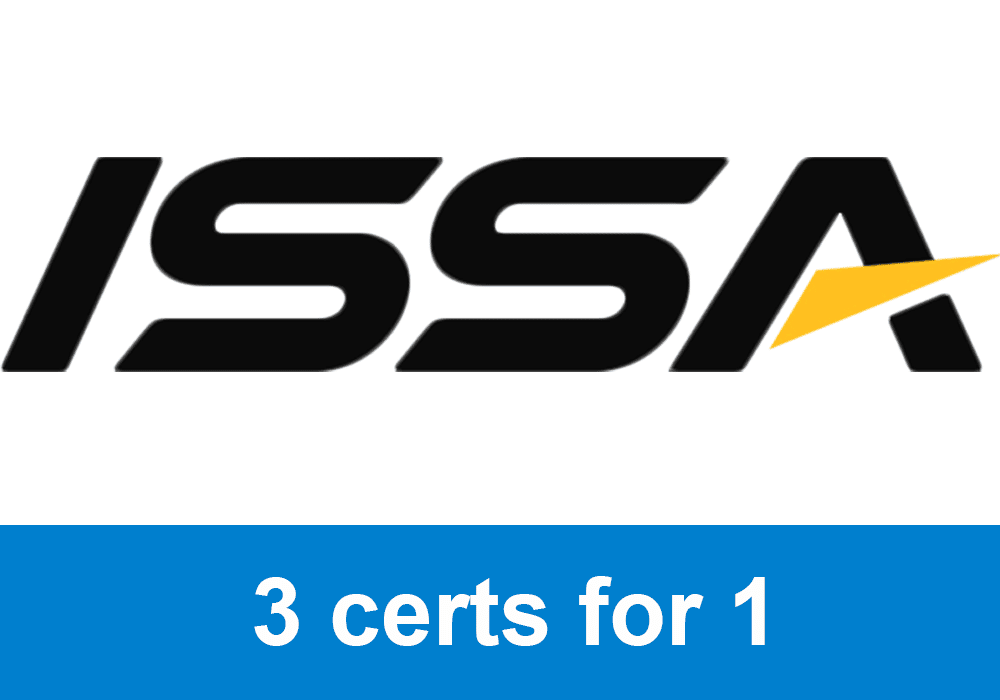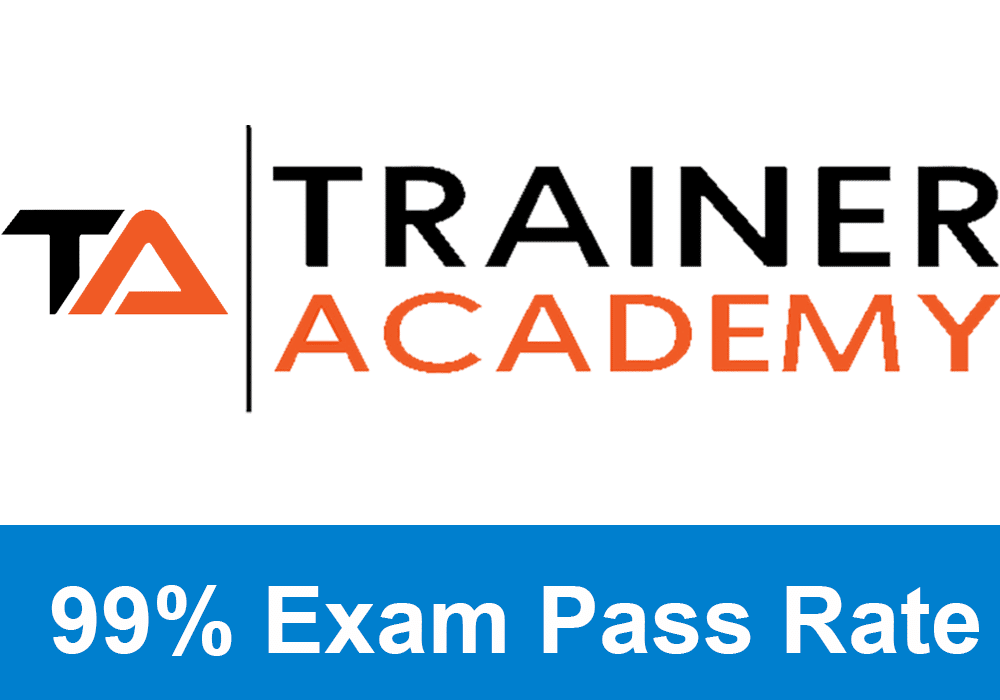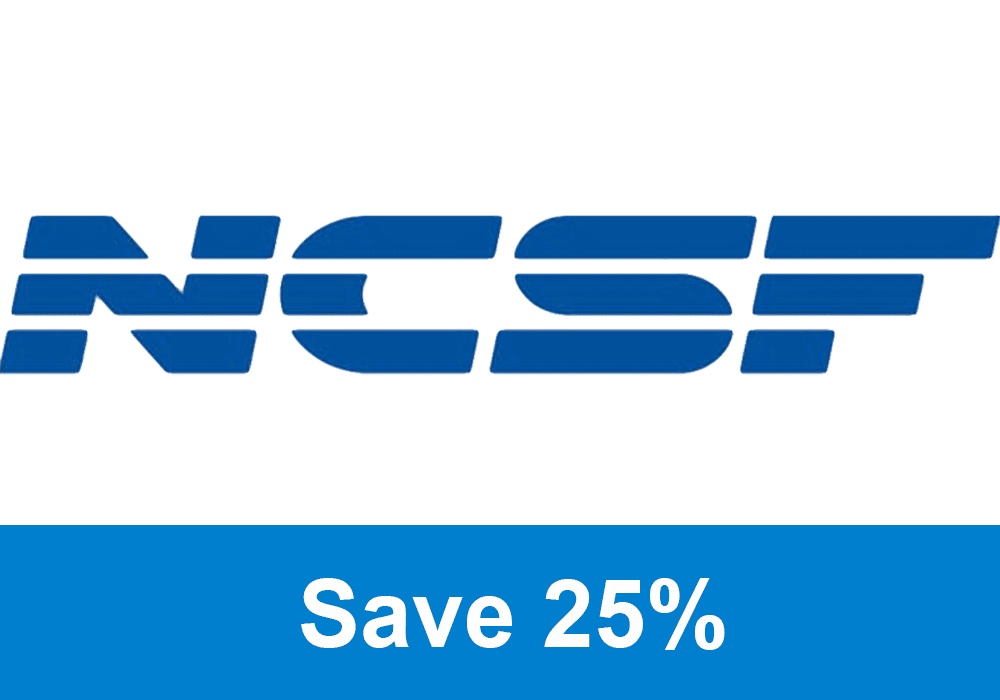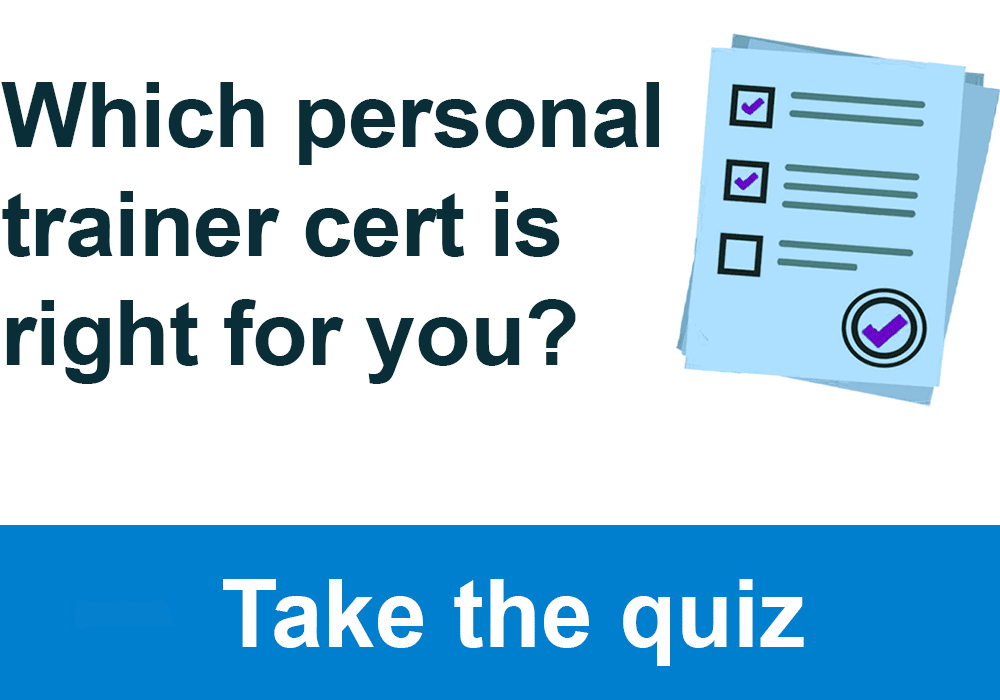![Master the Overhead Squat Assessment in [year] 5 Master the Overhead Squat Assessment in [year] 5](https://www.ptpioneer.com/wp-content/uploads/2024/03/Overhead-squat-assessment.gif)
The overhead squat assessment is a comprehensive movement assessment that screens for a variety of muscle imbalances across the entire kinetic chain. The process involves holding your arms overhead and performing a squat while your coach observes your movement.
If you are prepping for your personal training final exam, I recommend downloading this ultimate cheat sheet from Trainer Academy.
Whether you’re a fitness enthusiast, personal trainer, or preparing for NASM, NSCA, or NCSF certification, you’ve come to the right place. In this comprehensive guide, I delve into every aspect of the overhead squat assessment, from step-by-step instructions and common compensations to corrective exercises and safety precautions. By the end of this article, you’ll have all the knowledge and tools you need to master this essential fitness assessment. Read on to discover how the overhead squat assessment can elevate your training and help you achieve your fitness goals.
This article is based on over a decade of my experience being a full-time NASM-certified personal trainer and fitness professional. I’ve used the overhead squat assessment with most of my clientele as a simple way to test a client’s mobility in the first training session together.
It’s also a useful tool to come back to and re-test to see someone’s progress when it comes to their overall mobility.
You can use the overhead squat (OHS) to view instability or tightness in someone’s thoracic spine, their hip girdle, or even their knees and ankles. I would certainly recommend that any personal trainer incorporate the overhead squat into their coaching sessions.
What is the Overhead Squat Assessment?
![Master the Overhead Squat Assessment in [year] 6 Master the Overhead Squat Assessment in [year] 6](https://www.ptpioneer.com/wp-content/uploads/2024/03/Tyler-witht-the-Overhead-Squat-assessment-NASM-textbook-1-1024x768.jpg)
The overhead squat assessment is a movement screening tool used in fitness and sports performance.
It helps assess an individual’s neuromuscular control, flexibility, and stability during a squatting movement pattern. Professionals use this assessment to identify muscular imbalances, compensations, or limitations that may increase injury risk or affect performance.
The assessment involves the individual performing a bodyweight squat while holding a dowel rod or PVC pipe directly overhead.
Based on the findings, NASM recommends specific corrective exercises and training strategies to improve technique and address any identified issues. I recommend that you create or review NASM flashcards with the details of the overhead squat assessment.
Using the overhead squat allows the trainer to identify any imbalances or dysfunctions, such as poor ankle mobility, hip tightness, or shoulder instability. By analyzing the individual’s form and identifying any compensations or limitations, trainers can develop targeted corrective exercises and personalized training programs to improve overall movement efficiency and reduce the risk of injury.
The overhead squat assessment has become widely recognized as a valuable tool in functional movement analysis and is commonly used in both rehabilitation and performance enhancement settings.
If you can implement corrective exercise into your repertoire as a trainer, you will certainly increase both your knowledge and personal trainer salary.
Not only can you help more people, but you’ll be able to keep the clients you do have healthier in the long run. That’s why I always suggest getting a corrective exercise certification. Plus you can add an extra credential to your personal trainer bio and extra personal training CEUs.
The NSCA discusses the overhead squat assessment in the NSCA CSCS, and it’s covered under flexibility assessments as a common exercise used during movement screens. One of the major benefits of using the overhead squat assessment is the “bang for buck.” You can use one assessment to look at the mobility of your clients hips, knees, ankles as well as their thoracic and shoulder mobility.
NCSF covers the overhead squat assessment in their Strength Coach Certification as one of the major movements in the FMS (Functional Movement Screen). The Functional Movement Screen is one of the best tools you can use to fully evaluate an athlete’s mobility.
Exclusive PTP CPT Offers |
||
|---|---|---|
Most Popular Cert | Best Online NCCA Cert | Best Study Materials |
Gold Standard Cert | A Good Option | Best CPT for you?  |
Set-up and Equipment Needed for the Overhead Squat Assessment
The beauty of the overhead squat assessment is in its simplicity. All you need is an open space and a rod. The PVC pipe can even be a broom if you don’t have any personal trainer equipment!
And if you don’t even have a broom, NASM recommends that you have the person do the overhead squat and modify the movement by just holding their arms overhead.
As you get further along in your personal trainer career, you realize the value of movements that don’t require a lot of equipment or set-up. Most training sessions are an hour and this gives you a limited time with clients.
You can, of course, overhead squat with a barbell. However, this is not the best testing apparatus as it can be dangerous to load that much weight onto someone’s shoulders for an assessment, especially if they’re newer to strength training.
Other equipment that may be helpful to have on hand include a stool or chair for the participant to use if they don’t have the balance to complete a full squat.
NCSF also recommends using a 2×6 board to put under someone’s heels if they don’t have the ankle mobility to complete the overhead squat with feet flat on the floor. If you don’t have that you could use something else available like one or two weight plates.
How to Perform the Overhead Squat Assessment
![Master the Overhead Squat Assessment in [year] 7 Master the Overhead Squat Assessment in [year] 7](https://www.ptpioneer.com/wp-content/uploads/2024/03/OHS-assessment-how-to-perform-1024x768.jpg)
To have your client perform the overhead squat assessment, begin by telling them to perform a squat while standing with their feet hip-width apart and their arms extended straight overhead. This will test their mobility and help assess their entire kinetic chain.
Have them start by holding the PVC pipe overhead with a very wide grip, ideally twice the length of their shoulders.
They lower themselves into a squatting position, ensuring that their knees track over their toes and their heels remain on the ground.
What Depth is Suggested for the Overhead Squat Assessment?
The suggested depth of the overhead squat assessment is parallel or lower. This means the client’s hips should reach the height of their knees or closer to the floor.
In the NASM Personal Training Certification, they suggest having clients descend to the height of a chair.
NCSF recommends you go as far as possible, making sure to exceed parallel (where the femur drops below 90 degrees).
NSCA also suggests that the crease of the hips drops below the height of the knee, meaning also below parallel.
As the client lowers, pay attention to any deviations or compensations in the movement, such as excessive forward lean or inward knee collapse. Additionally, observe if there is any asymmetry or imbalance in their upper body positioning.
The bar should remain directly above the shoulders and spine throughout the movement.
Overhead Squat Test
To test someone’s overhead squat, have them repeat the overhead squat for 5 repetitions, and observe from the front and side. This assessment helps identify potential muscular imbalances, mobility restrictions, and movement dysfunctions that may affect overall functional performance.
Exclusive PTP CPT Offers |
||
|---|---|---|
Most Popular Cert | Best Online NCCA Cert | Best Study Materials |
Gold Standard Cert | A Good Option | Best CPT for you?  |
Make sure to test with a PVC pipe or broom as any heavier object can increase the risk of injury in a client with poor mobility. Once you determine that the client has the adequate mobility and stability overhead, you can increase the weight in further sessions to improve overall strength in the movement.
Common Deviations and Compensation Patterns of the OHS
![Master the Overhead Squat Assessment in [year] 8 Master the Overhead Squat Assessment in [year] 8](https://www.ptpioneer.com/wp-content/uploads/2024/03/overhead-squat-solutions-chart-NASM-1024x768.jpg)
In the overhead squat assessment, several common compensation patterns can be observed.
One of the most frequently seen compensations is excessive forward lean, where the individual leans excessively forward from the hips during the squat movement. This compensation pattern often indicates weakness in the hip extensors and tightness in the hip flexors.
Another common compensation is knee valgus collapse, which occurs when the knees cave inward during the squat. This compensation suggests weakness in the glute medius and maximus muscles, as well as tightness in the adductors.
Lastly, ankle dorsiflexion limitation is another compensation pattern that can be observed, where there is a lack of adequate ankle mobility during the squat.
Understanding these compensations is important if you want to build a corrective exercise specialist career.
Assessing Upper and Lower Body Joint Mobility Checkpoints
There are several spots to identify any key issues when performing the overhead squat:
- Look at your client’s feet. See if their ankle complex flattens or turns out.
- Track their knees and see if their knees turn inward or excessively outwards.
- Look at their hips and if their lumbar spine over-arches.
- See if their torso moves too far forward.
- Watch their shoulders and notice if their arms fall forward or push the bar back.
Identifying Muscular Imbalances and Weaknesses with the Overhead Squat
The overhead squat assessment is a comprehensive tool used to identify muscle imbalances and weaknesses in individuals.
Assessing your clients weaknesses is an essential part of the personal trainer job description.
Using this exercise, in addition to other movement assessments, can give you an overall picture of an athlete’s mobility.
During the assessment, the individual performs an overhead squat while being observed by a trained professional. By analyzing the movement patterns and alignment of various body segments, the assessor can identify any movement distortions or compensations that may indicate underlying muscle imbalances or weaknesses.
For example, if the knees collapse inward during the squat, it could suggest weak hip abductors or tight adductor muscles. Similarly, if the trunk leans excessively forward, it may indicate weak core muscles or tight hip flexors.
NASM details the best ways to correct these imbalances in their Corrective Exercise Specialization.
Interpreting the Results of the Overhead Squat Assessment
The best way to evaluate the results of the overhead squat is to observe the entire body during the movement and look for any compensations at every major joint. NASM provides a checkpoint list, seen below, which gives you a way to identify which muscles are underactive or overactive.
Overactive and Underactive Muscles Chart
| View | Checkpoint | Compensation | Probable Overactive Muscles | Probable Underactive Muscles |
|---|---|---|---|---|
| Lateral | LPHC | Excessive forward lean | Soleus Gastrocnemius Hip flexor complex Abdominal complex |
Anterior tibialis Gluteus maximus Erector spinae |
| LPHC | Low back arches | Hip flexor complex Erector spinae Latissimus dorsi |
Gluteus maximus Hamstring complex Intrinsic core stabilizers (transverse abdominis, multifidus, transversospinalis, internal oblique pelvic floor) |
|
| Upper body | Arms fall forward | Latissimus dorsi Teres major Pectoralis major/minor |
Mid/lower trapezius Rhomboids Rotator cuff |
|
| Anterior | Feet | Turn out | Soleus Lateral gastrocnemius Biceps femoris (short head) |
Medial gastrocnemius Medial hamstring complex Gracilis Sartorius Popliteus |
| Knees | Move inward | Adductor complex Biceps femoris (short head) TFL Vastus lateralis |
Gluteus medius/maximus Vastus medialis oblique (VMO) |
Make sure to evaluate an individual’s performance on the overhead squat assessment based on a comprehensive analysis of various factors. These factors include stability, mobility, and form.
Stability is assessed by evaluating the individual’s ability to maintain proper alignment throughout the movement, while mobility is assessed by measuring the range of motion in key joints such as the hips, knees, and ankles. Form is evaluated by observing the individual’s technique and execution of the squat.
Interpreting the results of the overhead squat assessment is crucial for understanding an individual’s movement patterns and identifying any potential imbalances or dysfunctions. The assessment evaluates various aspects such as ankle mobility, hip stability, core control, and shoulder mobility.
Upon analyzing the results, it is important to look for any deviations from the ideal squatting pattern.
By recognizing these patterns and deviations, fitness professionals can tailor corrective exercises and interventions to address specific areas of concern and help individuals improve their movement quality and performance.
Corrective Exercise Strategies and Progressions Based on the Overhead Squat Assessment
Based on the results of the overhead squat assessment, corrective exercises can be incorporated in a systematic and targeted manner to address any identified movement dysfunctions or imbalances.
Firstly, it is crucial to analyze the individual’s squat pattern and identify any deviations from the ideal form.
Corrective Exercise for Excessive Forward Lean
In the case of excessive forward lean, corrective exercises like glute bridges and hip flexor stretches can be prescribed to strengthen and lengthen the respective muscles in the trunk and hips. Correcting excessive forward lean can also require stretching to help lengthen tight muscles in the upper back like the latissimus dorsi.
Knee Collapsing Inward
Additionally, if there is a collapse of the knees inward, it could suggest weak hip abductors. Exercises such as lateral band walks and clamshells can help activate and strengthen these muscles.
The NASM CPT covers most of the basic stretches you can use, but if you want more depth, the NASM Stretching and Flexibility Coach Specialization will give you a larger pool of knowledge to pull from.
Movement Assessment
The overhead squat isn’t the only NASM movement assessment. NASM also utilizes the Single Leg Squat Assessment, Pushing Assessment, and Pulling Assessment. Combing these four assessments will give you a clearer picture of a client’s overall mobility.
Using the NASM Single Leg Squat assessment, you can determine left-to-right hip stability. The Pushing and Pulling Assessments can give you a more detailed view of the upper body in motion.
I recommend using all these tools with clients in the first assessment session, but also every few months to view progress.
Re-assessment and Tracking Progress with the Overhead Squat
The overhead squat assessment is a crucial tool for tracking progress in an individual’s functional movement patterns.
To ensure accurate and up-to-date progress tracking, it is recommended to perform the assessment at regular intervals.
NASM and NSCA recommend using the overhead squat assessment with most clients as it provides an easy way to test the entire body’s mobility. Remember to modify the movement, if needed for safety purposes.
Based on current research and industry best practices, NASM suggests that you use overhead squat assessment every 4 to 6 weeks. This time frame allows for sufficient time to observe any changes or improvements in an individual’s movement patterns while also providing ample opportunity for targeted corrective exercises and interventions to be implemented.
By adhering to this recommended frequency, fitness professionals can effectively monitor progress and make necessary adjustments to training programs, ultimately optimizing their clients’ functional movement capabilities.
Overhead Squat Assessment Frequently Asked Questions (FAQs)
Why is the overhead squat assessment important?
What are some additional assessments or tests that can be used in conjunction with the overhead squat assessment?
Who should be cautious when performing the Overhead Squat Assessment?
What type of client assessment is the squat or overhead squat assessment?
Which muscles may be overactive with knee valgus during the overhead squat?
Which muscles are typically underactive with knee valgus during the overhead squat?
Which movement assessment is a good assessment of a client’s balance during movement? “
What depth is suggested for the overhead squat assessment?
References
- Clark, M. A., Lucett, S. C., Mcgill, E., Montel, I., & Sutton, B. (2018). NASM essentials of personal fitness training. Burlington Jones & Bartlett Learning.
- Medicine, N. A. of S. (n.d.). How to Perform an Overhead Squat Assessment (OHSA). Blog.nasm.org. https://blog.nasm.org/certified-personal-trainer/how-to-perform-an-overhead-squat-assessment-osa?utm_source=blog&utm_medium=referral&utm_campaign=organic&utm_content=ReasonsToBecomeCES

 Have a question?
Have a question? 
Tyler Read
PTPioneer Editorial Integrity
All content published on PTPioneer is checked and reviewed extensively by our staff of experienced personal trainers, nutrition coaches, and other Fitness Experts. This is to make sure that the content you are reading is fact-checked for accuracy, contains up-to-date information, and is relevant. We only add trustworthy citations that you can find at the bottom of each article. You can read more about our editorial integrity here.